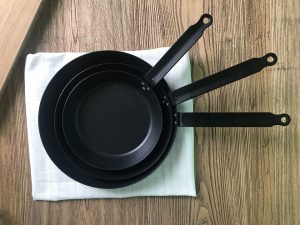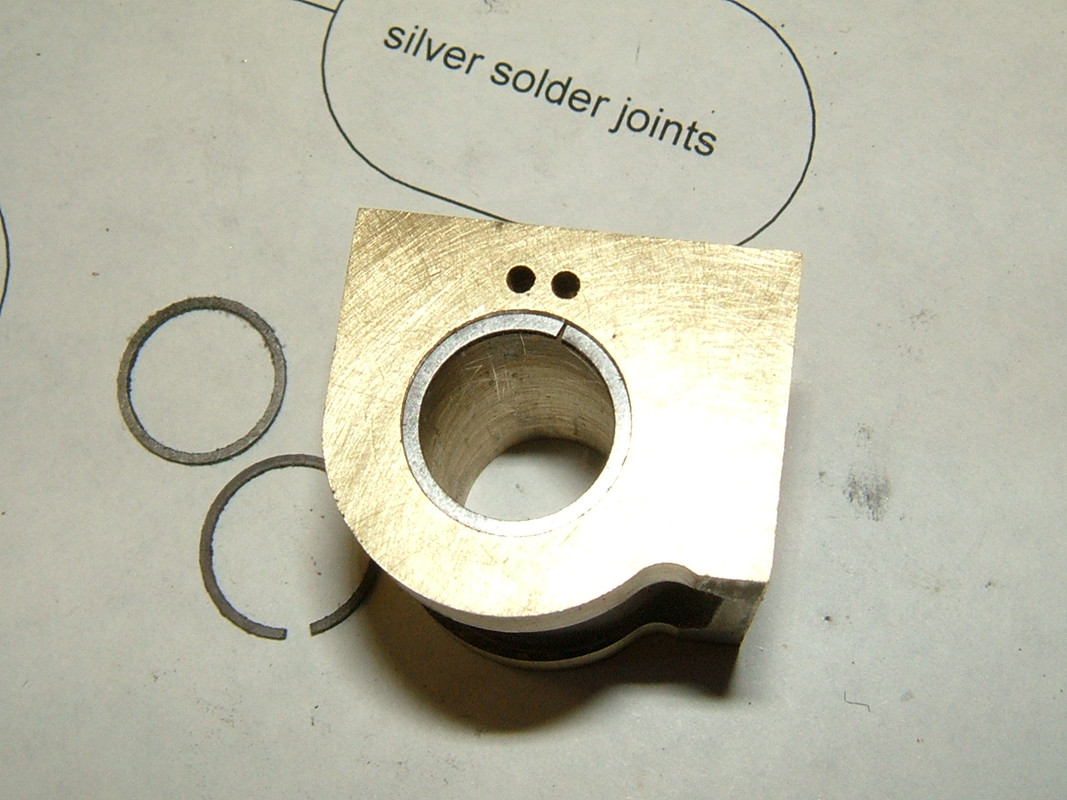Arnie: "How about some old window weights?"
No, No, No... Please don't!
These were made from unknown scrap!
Foundries use all the good (lab tested) material to make good castings that sell commercially. BUT any dead-weights are usually made from the scrap they cannot supply to someone who wants anything with any strength, machining ability, other mechanical properties, etc.
I have wasted a few good hours playing with lumps from sash weights my Father left me...
I managed to make 1 lump into a simple cylinder flywheel for a marine engine. 2 in diameter (very roughly) and 2 in long, with a hole through the middle. It cost me more for the messed-up drills. 2 HSS and 1 masonry drill! It was annealed at least 3 times before I even started.
Another lump made a back-tool-post for mounting a parting tool on the lathe. Rough as anything! A hard B#'@g%$r to cut!
The last bit has made a hammer-head - so hard it knocks chips off a regular hammer! Needs more fine grinding to smooth-out the lathe tool marks.
MUCH better is to get a cam-shaft or crank-shaft from a scrap yard, cut-off the cylinders you need, anneal if too hard, then use those as "cast iron". Old Brake cylinders are good to use, or any other car parts that have had some machining - like flywheels and brake discs, as they have been bought as good quality material in the first place. But why not simply use mild steel for most things? (I do) - In most instances, the model won't know.
K2
No, No, No... Please don't!
These were made from unknown scrap!
Foundries use all the good (lab tested) material to make good castings that sell commercially. BUT any dead-weights are usually made from the scrap they cannot supply to someone who wants anything with any strength, machining ability, other mechanical properties, etc.
I have wasted a few good hours playing with lumps from sash weights my Father left me...
I managed to make 1 lump into a simple cylinder flywheel for a marine engine. 2 in diameter (very roughly) and 2 in long, with a hole through the middle. It cost me more for the messed-up drills. 2 HSS and 1 masonry drill! It was annealed at least 3 times before I even started.
Another lump made a back-tool-post for mounting a parting tool on the lathe. Rough as anything! A hard B#'@g%$r to cut!
The last bit has made a hammer-head - so hard it knocks chips off a regular hammer! Needs more fine grinding to smooth-out the lathe tool marks.
MUCH better is to get a cam-shaft or crank-shaft from a scrap yard, cut-off the cylinders you need, anneal if too hard, then use those as "cast iron". Old Brake cylinders are good to use, or any other car parts that have had some machining - like flywheels and brake discs, as they have been bought as good quality material in the first place. But why not simply use mild steel for most things? (I do) - In most instances, the model won't know.
K2
Last edited:






